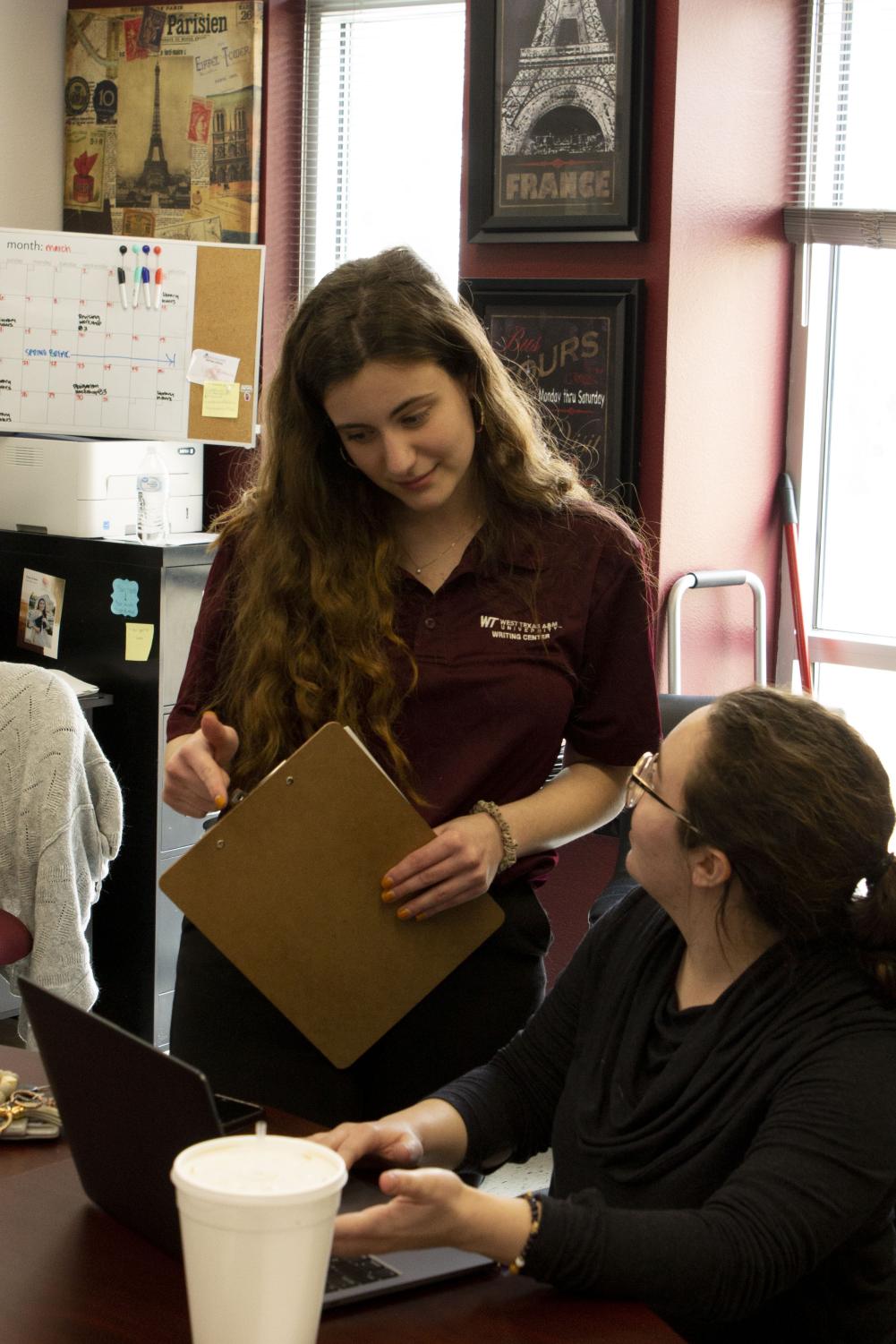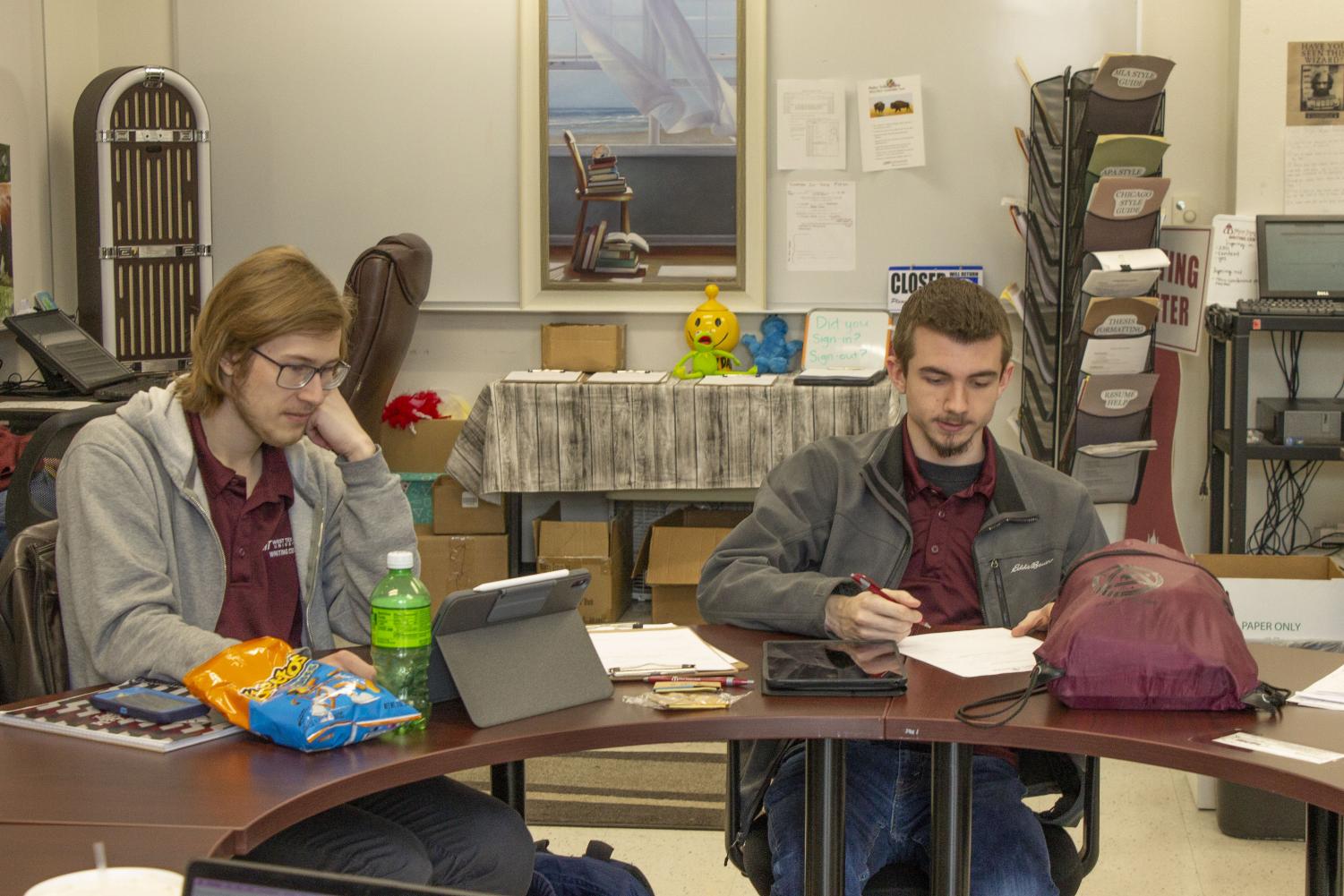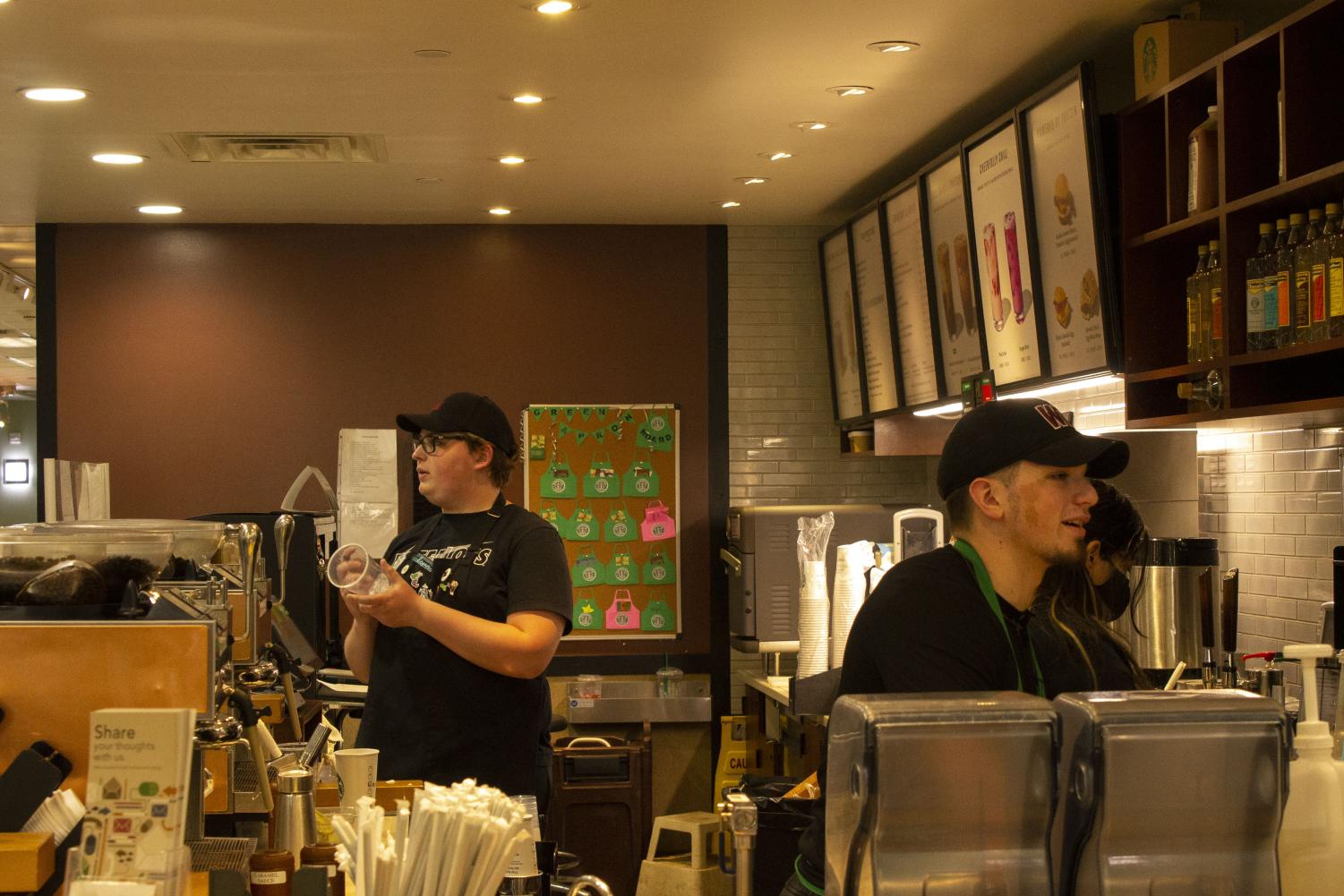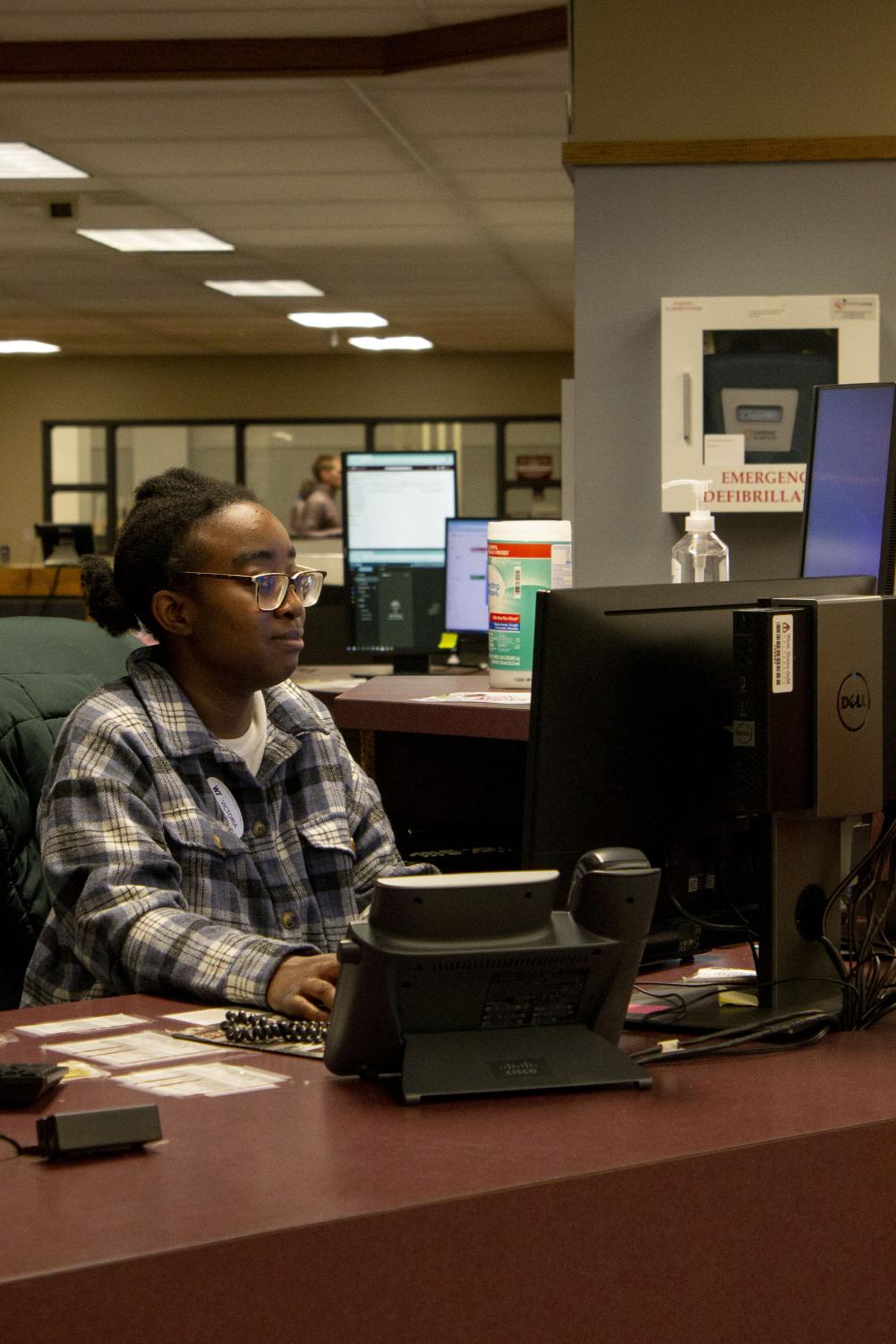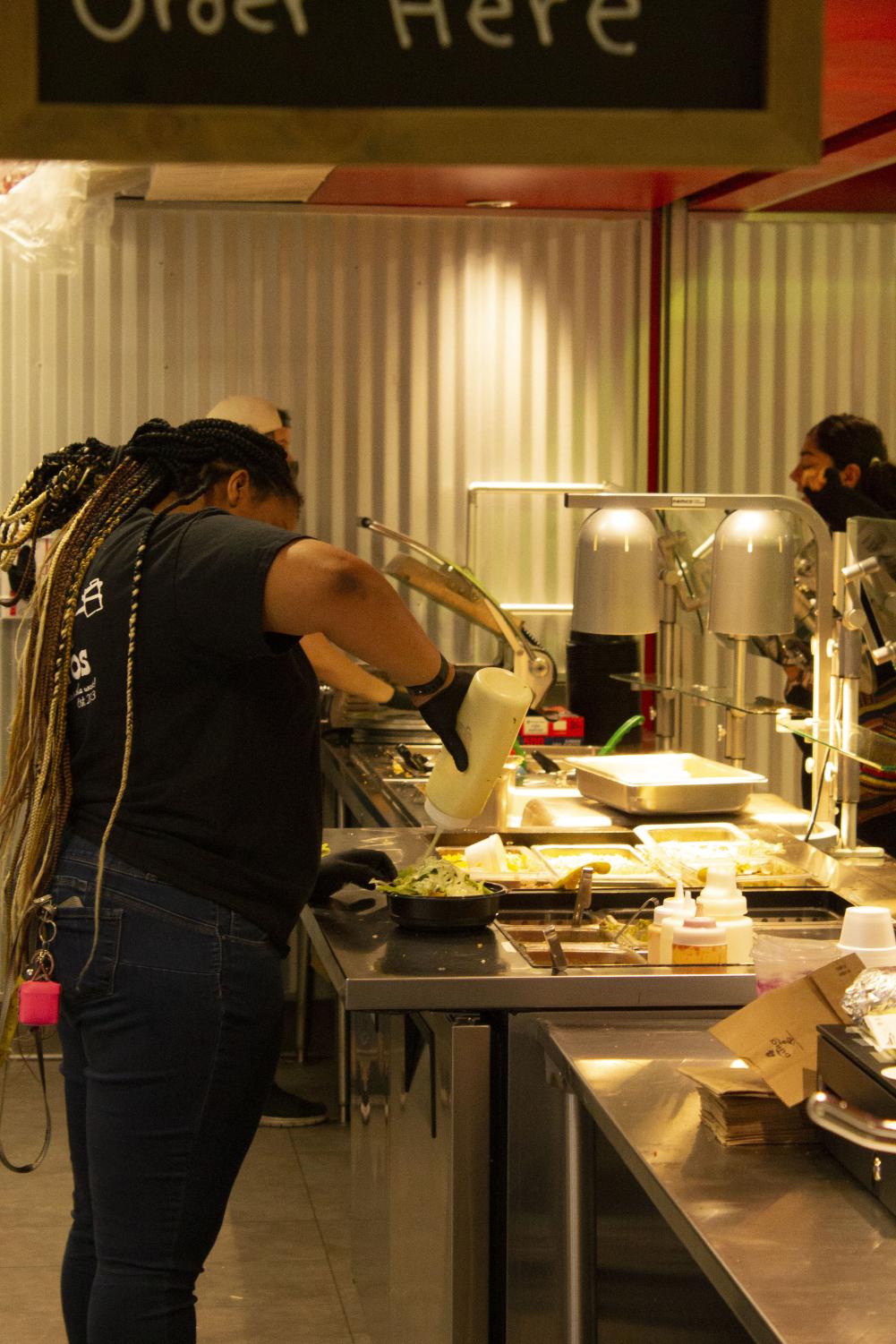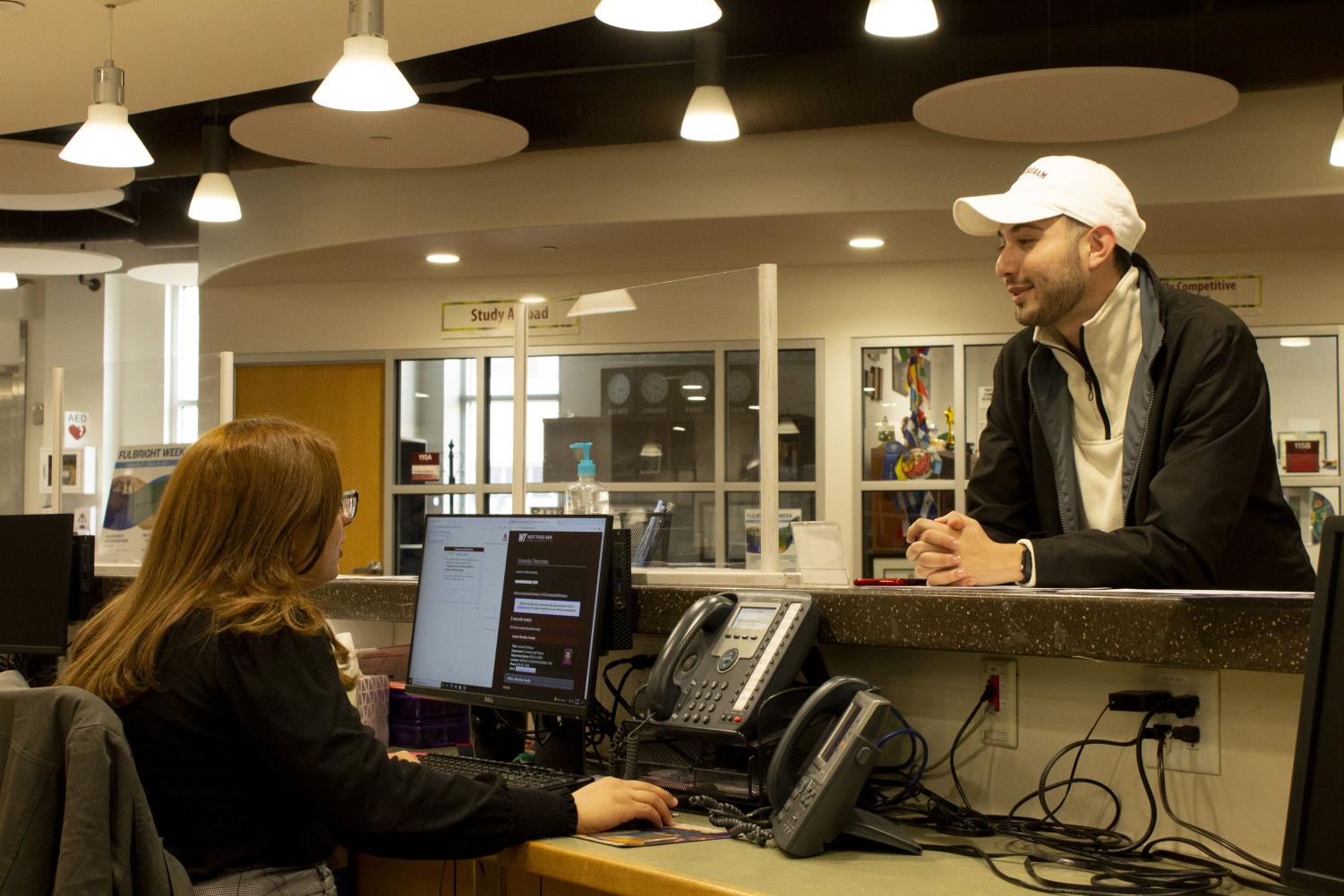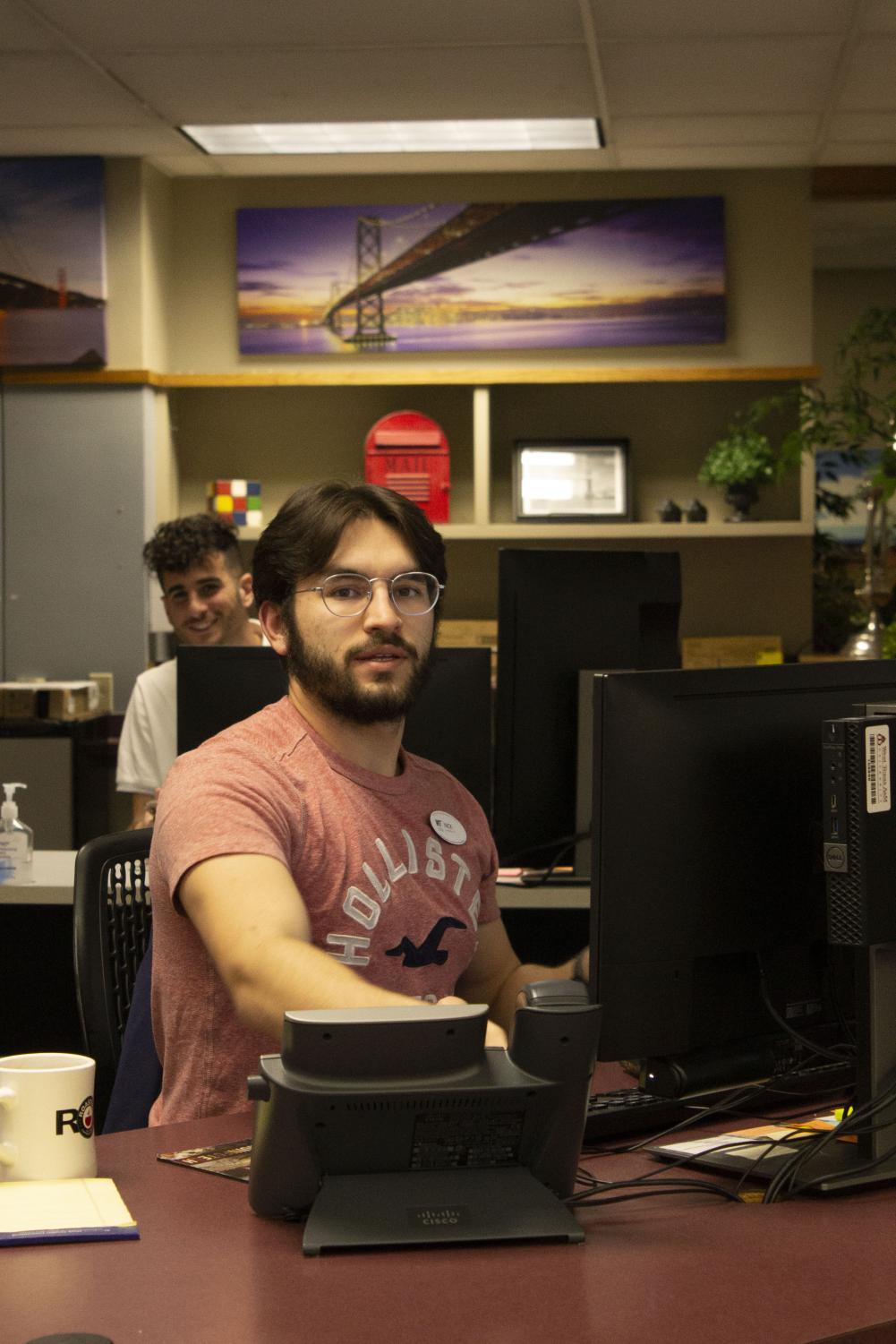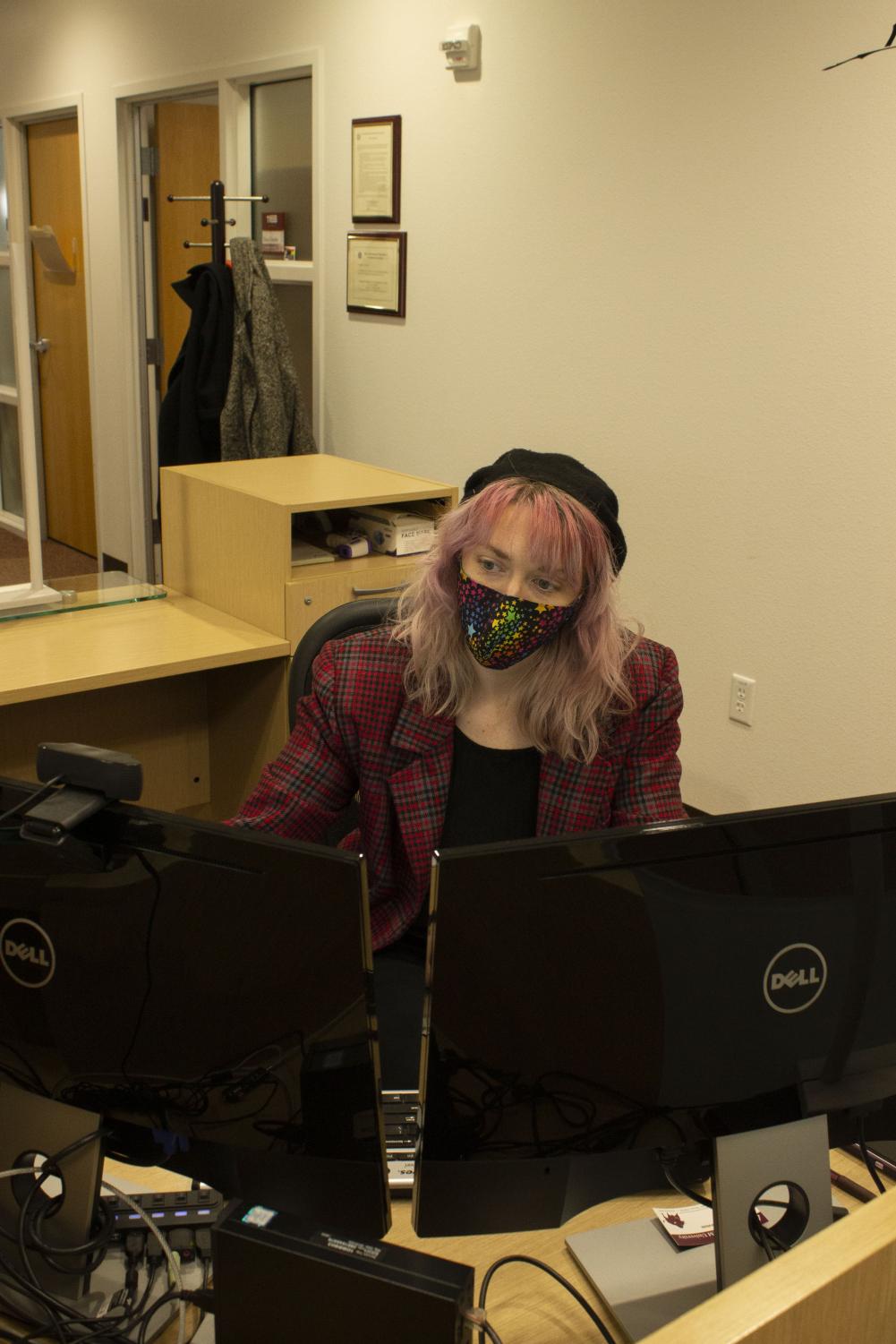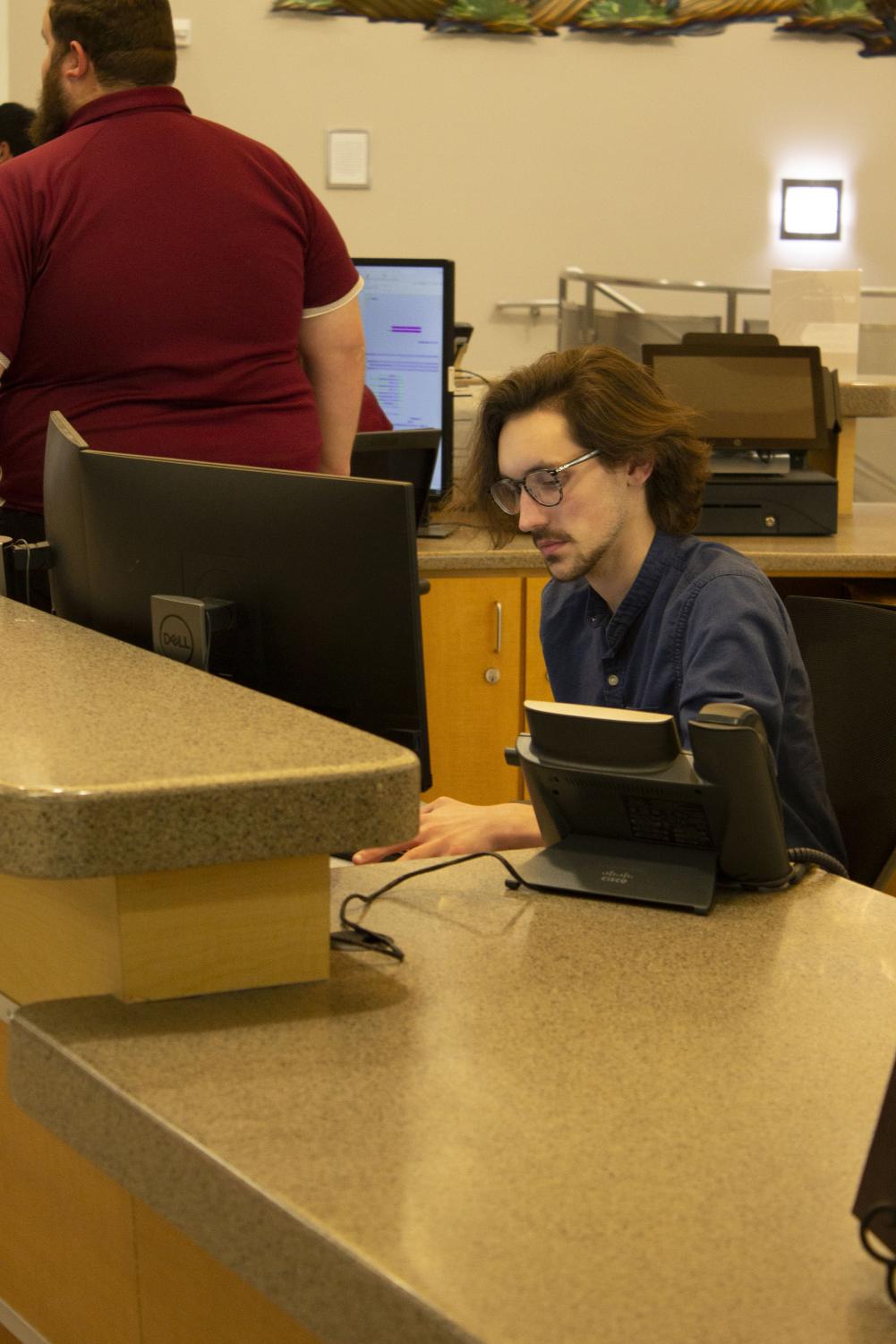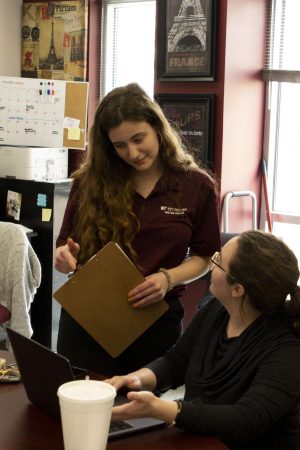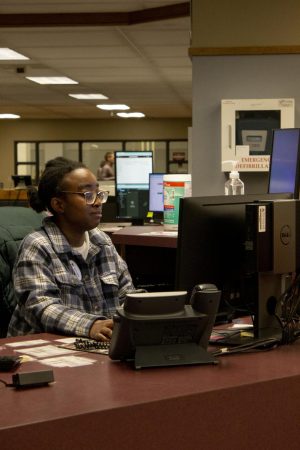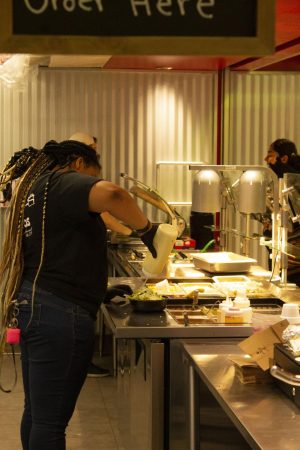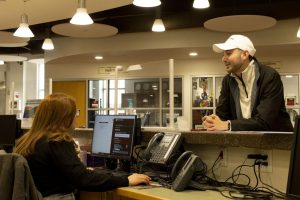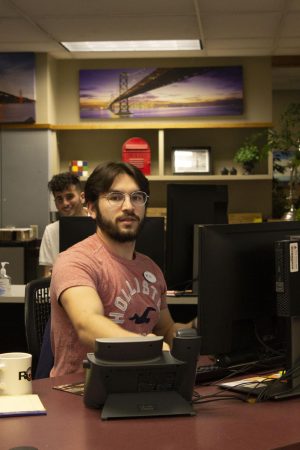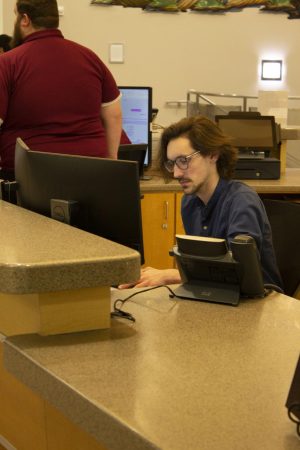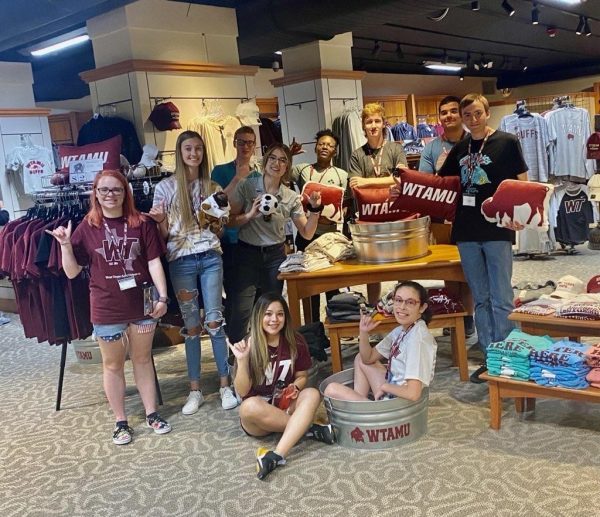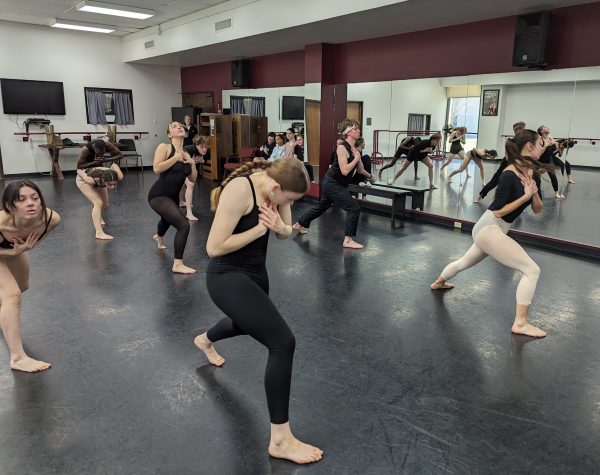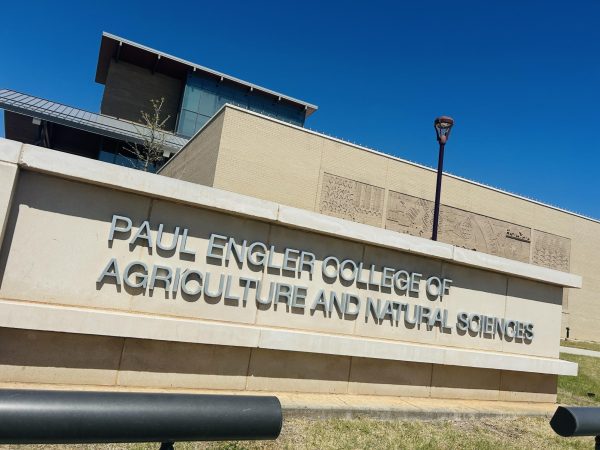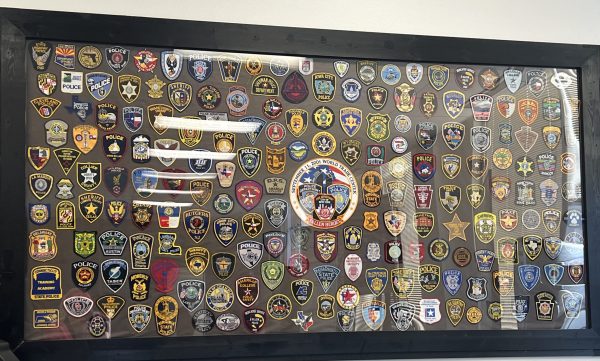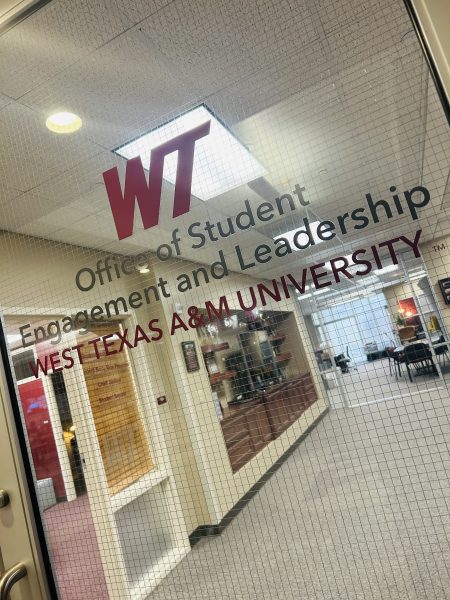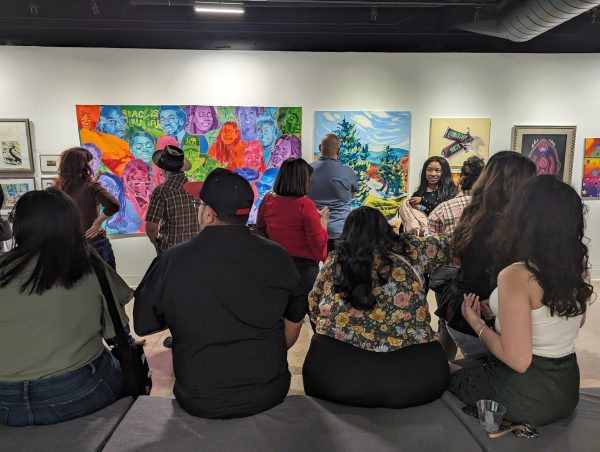WT receives millions in endowments while student workers miss out
Private investments to West Texas A&M University and its buildings have been released regularly this spring semester with the $2.5 million endowment for the Geneva Schaeffer Education Building, $5 million endowment to the Terry B. Rogers College of Education and Social Sciences and the $5 million endowment to rename the stadium to the Bain-Schaeffer Buffalo Stadium.
WT has seen the rise of endowments from well-known alumni equaling at least $85 million, as the progress bar hasn’t been updated since the beginning of the 2022 spring semester for the One West campaign’s $125 million goal.
“These families have helped make [WTAMU] what it is today,” said Dr. Walter Wendler, president of WT, at the renaming ceremony for Buffalo Stadium. “Like so many of you who get involved and engaged with the university at a distance from our private sector, we’re so thankful for that.”
WT’s Financial Journey
Salaries of WT employees go through the Texas A&M University System (TAMUS). As there are billions of dollars appropriated by the Texas Legislature to higher education, the following information pertains to just WT.
The current net position of the university has increased from the 2016 budget of $64,050,000 to the 2020 budget of $101,097,000. These numbers delineate how much money the university has in the fiscal year before the factoring of money coming in and out. Total amounts of money coming in from revenues were projected to be more than $160 million for 2020. The budget expenditures for the 2020 fiscal year came out to over $140 million. The most recent data has not been published yet, as it takes time to work through the approval of the Texas A&M system.
Endowments are gifts of more than $25,000 to a specific college or cause. These gifts can help reduce other expenses covered by the Legislature.
Automated Budget and Evaluation System of Texas (ABEST) states that the most recent Legislative Appropriations Request 2020-2021 has the 2020 budget of salaries for faculty and non-faculty, as well as other workers, equaling $62 million. This means that around 1,000 workers have an average salary of $62,000.
Student Employment
“I was an RA and a tutor at the Writing Center. My hours as a tutor, I cut them back a little bit because I had so many commitments as an RA,” said Alaina Macias, 2021 alumna. “In a week, it was at least 20 hours of unpaid work, If not more.”
Student workers contribute a significant portion of their time to keep the university running. However, they are not paid fairly for their work.
“It was pretty heavy; it’s a lot of responsibility for an 18-year-old or 20-year-old or 21-year-old,” Macias said. “They were not upfront about it [the responsibilities] during the application process as I think they could be.”
70% of students in the U.S. work while attaining their undergraduate degree. Living away from home comes with costs and, sometimes, responsibilities that students have not previously faced.
Giving students the clearest set of options when looking for employment should be a bare minimum with any on-campus job.
“By finding good paying jobs on campus, they’ll be able to keep their debt loads down,” Dr. Wendler said in a Sept. 2021 press release.
Wages are public information, but the information is hard to find. Several websites have programs that give wage information, but they can only approximate the average wages of employees.
WT student employees’ wages were recently set to $10 an hour. This is a stark contrast to the $380,000 salary President Wendler received in 2020.
Easy Goals
The cost of living is lower in Amarillo when compared to the state and nation, but living with the increasing prices is taking more of the money people earn. Another factor for students is the rise of student debt to 1.7 trillion. Students need more opportunities to make a livable wage to avoid spiraling into debt.
“WT is more of a blue-collar, working-class school,” Macias said. “Even if it’s 50 cents or 25 cents. It’s a little bit more [money] for the hours and the time that you’re putting into your own education.”
With the price of goods rising and a student loan crisis, the living wage for a single person in Texas is $14.01 per hour for 2022. This livable wage allows people to secure financial independence while maintaining housing and food security, as well as securing investments for the future.
“Our parents have taught us to work hard, love one another and [share] our blessings when the time is right,” said Mike Bain, the son of the late Ray Bain, who helped fund the Bain Athletic Center, scholarships and several classrooms across campus.
Students at WT should be able to benefit from the first priority stated as a part of the One West campaign: people. Recent endowments to the university open up a bigger surplus in the budget, as they are unplanned and unexpected. The next investment by the University should be to share the blessings with student workers.
WT student workers should be recognized for their hard work to make the university one of the best in the state. The students who work at the HUB, JBK food court, residence halls, the Hastings Electronic Learning Center (HELC) and every other building on campus deserve to be fairly compensated.

Hello, my name is Marcus Rogers. I am from Greenville, Texas and I'm studying agricultural media and communication with a minor in political science. I'm...



